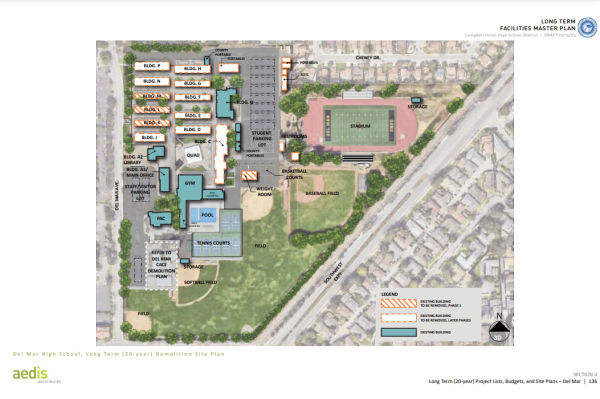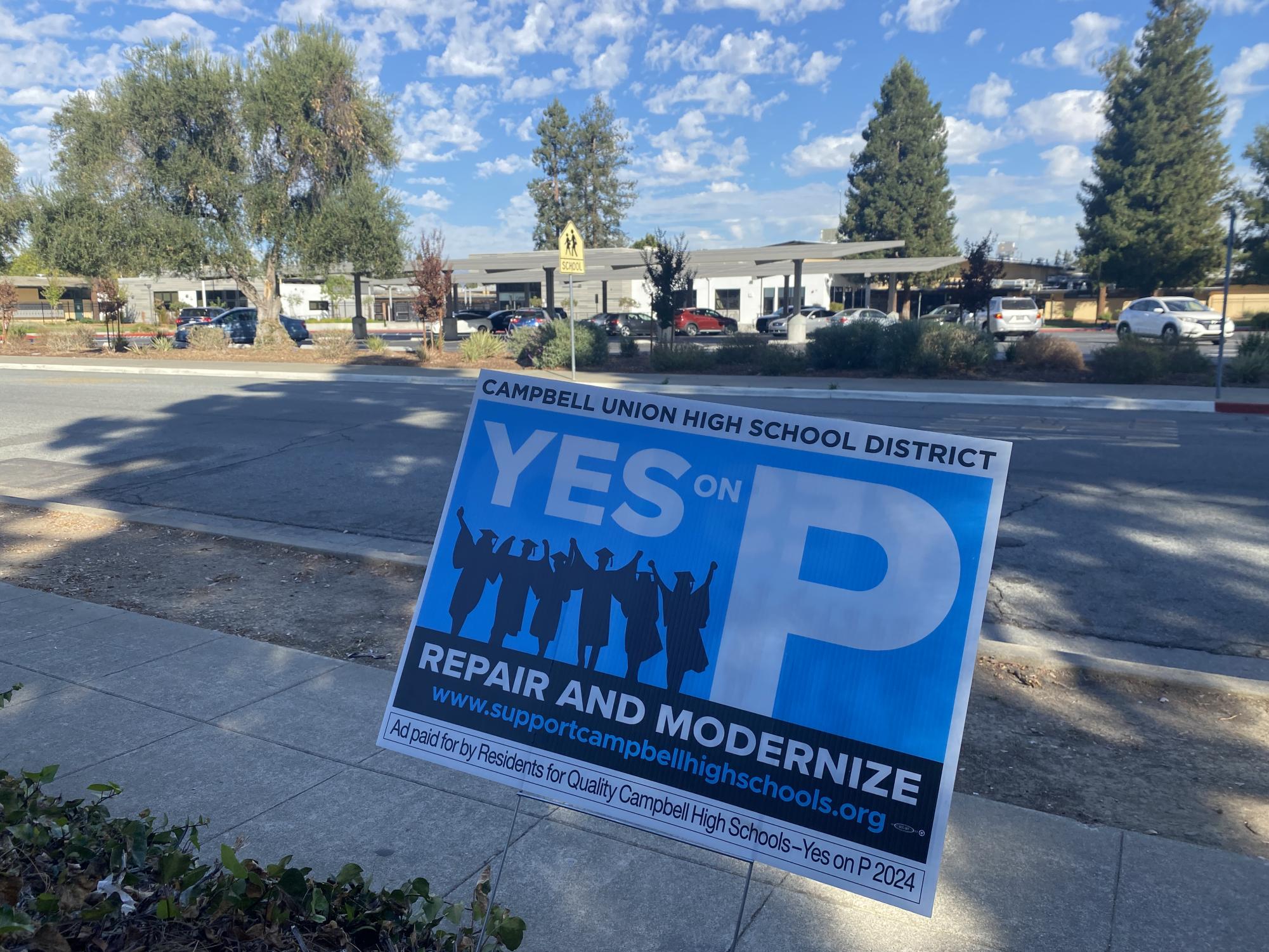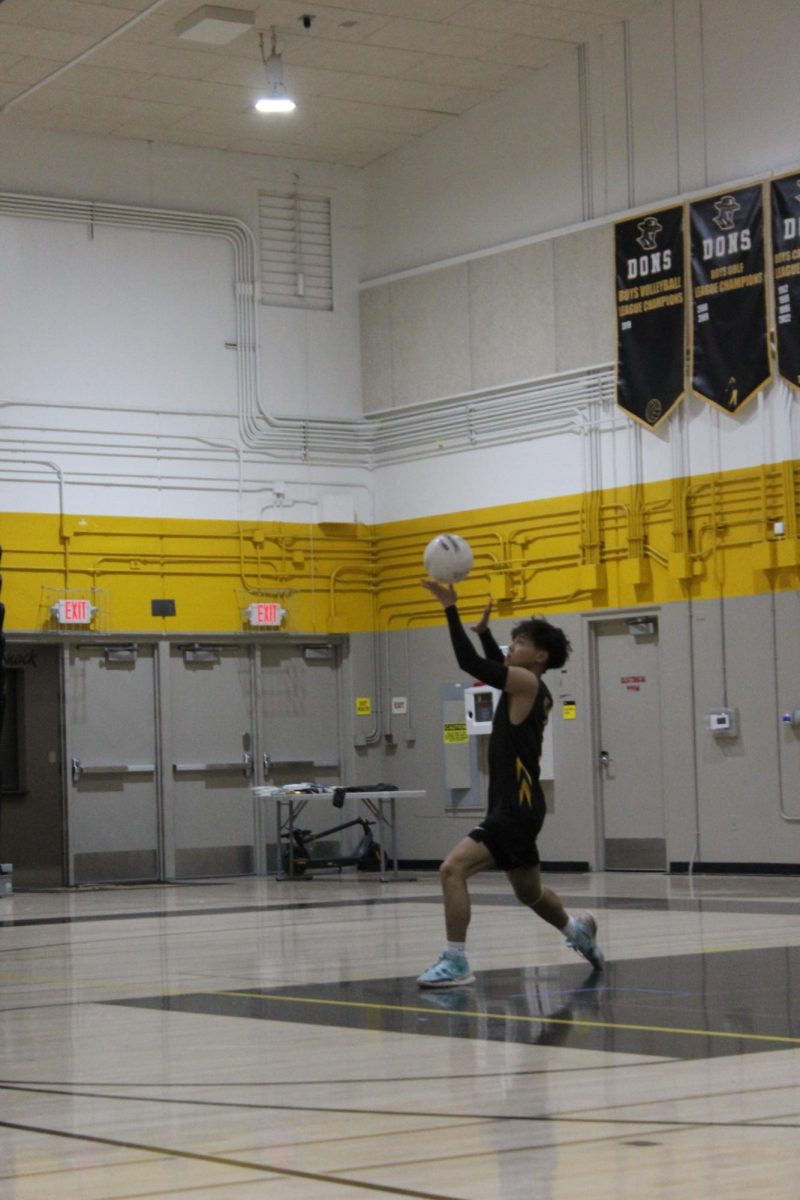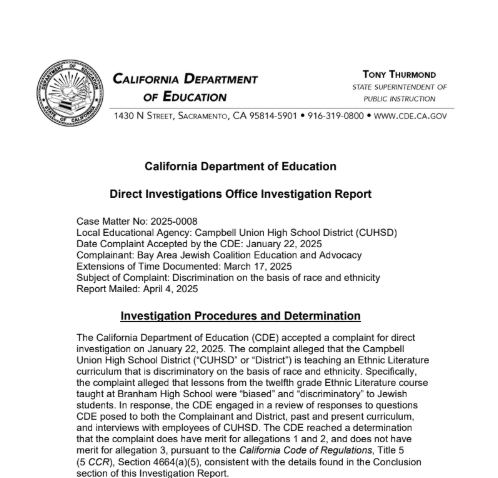On the Nov. 5 ballot, voters will be asked to select yes or no on Measure P which, if passed, will impact CUHSD as a whole, including Del Mar families, students and staff.
Measure P proposes for CUHSD to raise $27.5 million annually in order to upgrade classrooms, science labs, and technology in order to support college and career readiness in subjects like technology, engineering, arts, and skilled trades. Funding will also modernize older facilities, and improve disability access and security systems on campuses.
The median home or business owner in the CUHSD area will see their taxes raised by $192 a year, or $16 a month if the measure is passed. The tax is expected to be collected through 2050-2051.
With such high stakes, we asked Del Mar’s students and staff what they thought.
Ms. Nguyen, DMHS principal, expressed her favor for measure P. “I would love to upgrade some of our classrooms. Specifically, I would love to upgrade our science classrooms and build more labs. Due to growing enrollment, we currently don’t have enough lab classrooms to support all the science classes that we have.”
She explained that the lack of science classes imposes challenges for science teachers outside of the science wing.
Nguyen also expresses her desire to add onto campus, additions like “maker spaces” to engage student interests from engineering and art, to dance and yoga.
She feels that “if we have nice classrooms and spaces and technology and resources for students to be able to engage in science and engineering the way that like scientists and engineers do, or closer to that, then I think that it’ll feel more inspiring to have these like hands-on experiences.”
Mr. Wahl, a biology teacher teaching outside of the science wing because of the lack of space in the wing believes it would be nice for Del Mar to have additional classrooms. He’s also sure students would enjoy updated and bigger restrooms.
He notes there is sometimes an inconvenience for science teachers who are not in the science wing, from tight fits in smaller classrooms to wheeling equipment to and from the science wing.
Another factor is the actual implementation of measure P if it is passed. Ms. Nguyen considers the fact that there will be lots of growing pains if so, such as construction that likely will conflict with class instruction. Ultimately she says that Del Mar will have to be flexible and that “it’s definitely going to get worse before it gets better.” Mr. Wahl agrees that construction is a downside to measure P that will “bleed into the school year.”
On the student perspective, junior Deisy Perez points out that some outdated facilities impact her learning ability, like a projector in one of her classes that doesn’t project colors very clearly.
“It’s just like, when you’re trying to see something like a graph, or something of like, anything history related, there’s some things that you can’t really see because it’s like, the lights, kind of ran out,” says Perez.
However other students, like senior Andres Rojas, doesn’t think Del Mar requires urgent modernizations. Although, he does believe more security systems are always better, an aspect that measure P ensures. Still, he believes measure P would simply not be worth it as technology upgrades are unnecessary.
Another concern of measure P is to replace the use of portable classrooms with permenant rooms, but from his past experience, he didn’t “feel like the class being in the portables negatively affected the class in any way.”
In terms of money, a majority of Del Mar’s students and families are considered low income, and Measure P will inevitably raise property taxes if passed. Nguyen says she is not sure about how many of Del Mar’s community members will be impacted by the rise in property taxes but it’s an important thing to think about.
Perez believes that an increase in taxes is a downside of Measure P. Ultimately she feels “like it has to do with how students treat it. Like, I feel like students have become aware of like, what they’re being given. If measure P is brought up and actually implemented [students] gotta be like, oh we’re being helped by our community. Like, you should become aware of what the opportunities that you’re being given.”








